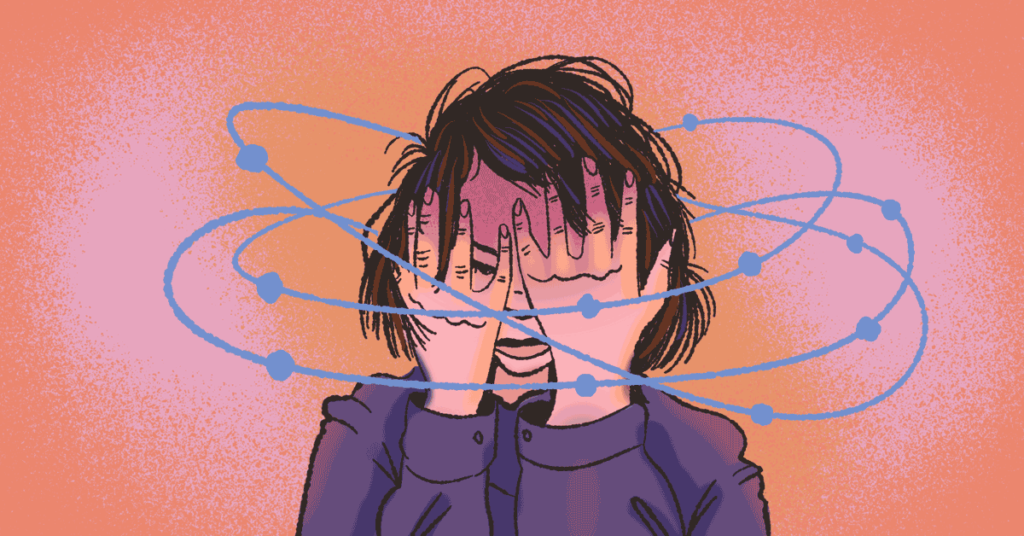It may come as a surprise to many people that multiple sclerosis (MS) affects eyesight. But those living with MS know it can compromise parts of their vision, including depth perception.
MS affects the muscles in the body, sometimes including the muscles around the eyes. Having eye muscles that are weak or damaged can lead to complications like dizziness or vertigo. Like MS itself, these visual problems get worse with fatigue and stress.1
To find out more about the issues the MS community faces, we reached out on the MultipleSclerosis.net Facebook page. We asked, “Does patterned flooring or wallpaper ever make you feel unstable or put you into a feeling of vertigo?”
More than 200 people responded. Here is what they shared.
Patterned floors
The majority of people who responded shared that patterned flooring gives them feelings of dizziness or discomfort. Some mentioned avoiding certain bathrooms and other areas they knew had certain floor patterns. A few have found some relief by working with neurological physical therapists to help with this problem.
“Every single time! I cannot use the bathroom at a certain restaurant because of their black-and-white checkerboard floor. It is awful!”
“Yes. If stairs are covered with patterned carpet, I have to hold onto the banister.”
“Depends on the pattern. Stripes yes, but squares, no.”
“It messes with my depth perception.”
“Yes, overly patterned things make me feel loopy.”
Other patterns
Many people shared that patterns anywhere in the environment, from drapes to shower curtains, can cause dizziness. A few even shared that it is hard when people around them wear loud or distracting patterns on their clothes.
“Yes! Even shower curtains!”
“Yes! Black and white stripes on people’s clothes is sometimes a problem, too.”
Steps
It is common for people with low vision to have trouble seeing steps, ramps, and other changes in floors and walkways.
“Absolutely. Also, I cannot tell if there is a step or not.”
“Steep or non-level ground is difficult.”
Escalators
Given that a handful of people mentioned difficulty with steps, it is no surprise that escalators can be a problem for people with MS. Having limited depth perception makes it hard to detect the difference in the height of the steps. And the constant movement only adds to the dizzy feelings.
“Yes! Also escalators and elevators mess with my brain big time.”
“I have to be so careful with escalators.”
Bright colors
A few people mentioned that bright, contrasting colors next to each other can be very dizzying. This includes blue against orange or green against red.
“Also, certain bright colors, like orange and blue together, can do the same thing.”
“Certain very contrasting colors next to each other on walls and/or flooring will be kinda trippy for me and hard to look at.”
Flashing lights
Several people shared that flashing lights can be a nuisance. Overly bright or blinking lights can overwhelm the senses and make the eyes work harder. Even someone with healthy vision can find them distracting and headache-inducing. People with MS have a lower tolerance for this kind of stimulus.
“Yes, and flashing lights bother me, too.”
“Super bright and flashing lights bother me big time.”
References
1. Vision Problems. National Multiple Sclerosis Society. Available at https://www.nationalmssociety.org/Symptoms-Diagnosis/MS-Symptoms/Vision-Problems. Accessed 6/24/2022.


